|
By Katy Ritter Gastineau Elementary, 4th Grade I was scheduled to use the 4th grade elementary art kit, Centennial Bridge, but I’d never used it before. I didn’t check it out with a purpose to integrate it into our current social studies or science units of study, but I was excited to try an Artful Thinking Routine that would add some depth to our discussion, and hopefully deepen students’ engagement in the lesson. I decided that I would begin by showing the photographs of the Gastineau Channel/Douglas Bridge included in the kit, and use the Think/Puzzle/Explore routine. I hoped that showing the photographs without telling any information would invite students to try to build a narrative about the history of transportation in Juneau. I displayed the photographs on my whiteboard tray at the front of the room, and asked students to look at them carefully and quietly without talking. I began with the question, “What do you THINK you know about this topic?” Some of their responses:
Students seemed to understand that all of the photographs were connected, and they were telling a sequential story of the transportation used in the Gastineau channel. Then I asked, “What questions or puzzles do you have?
And the final question: "What does this artwork or topic make you want to explore?"
Students were very engaged and excited to find out that the reason the old bridge was replaced was because it was too small for the growing population and the new bridge is larger (this could be linked to why the roundabout was built about ten years ago!) They commented on the structure of each bridge and the difference in design, wondering why the old bridge had more artistic detail. I introduced the photographs of the Centennial bridge and we compared it to the Douglas Bridge. We determined that it looks like a pedestrian bridge, which is why the art decorating the two sides of the bridge is in the footpath. We looked carefully at the symbolic images placed on either side of the bridge and thought about the difference between art that is functional (like a bridge, which has a form and a function) and the Centennial bridge, that includes style which carries symbolic MEANING. Students then created abstract bridges with 100 pieces of colored paper, creating patterns and lines. The results are as different as my students--each created their own pattern or arrangement of color and shape on the page. To wrap up our lesson, I placed students art randomly around our tables and asked students to walk around ‘gallery style.’ Each student had 3 post-it notes, on which they needed to write an “I see” “I think” or “I wonder” comment, and place it on the piece of art. Students were really engaged in the process, and students were really excited to get feedback about their art. I asked students to find their piece of art, take a few moments to read the comments quietly, and choose one to respond to. We sat in a large circle, and students took turns, holding up their piece and speaking about their work. Students asked questions like “I wonder what the yellow things stand for?” and “I wonder what the purple squares are?” Students listened carefully and respectfully to each artist as he/she spoke about their intentions toward their work, their use of color, the way they created their lines and patterns. Students took pride in their work, and every single student spoke about some aspect of his/her art. It was incredible! As I stated before, I didn’t exactly know where I was going with this lesson, but I like where I ended up. When I do this art lesson again, I will intentionally plan to teach the art kit during our social studies unit on Alaska history, and I’d like to highlight the bridges as useful pieces of art (form and function)
I may use Think/Puzzle/Explore to introduce the history of transportation in Juneau, which brings up wonderful questions about the population of Juneau, who was here and why they came here, and why transportation in Juneau has changed over the years. THEN, I think I’ll use the Parts/Purpose/Complexity routine to examine just the bridges, to identify (or to wonder about) their shape, their materials, their form and function. I think this routine will help (pardon the pun) bridge the gap between the abstract art lesson and the focus on concrete (Ha! Another pun!) works of art (bridges). I will absolutely continue to give students opportunities to observe, comment and question other students’ works of art, and give the artists an opportunity to share their intentions. I feel that this process is my ultimate goal through the artful thinking routines--students get comfortable thinking about and speaking about existing works of art, which helps them make conscious decisions about their own art. They see themselves as artists, and they make decisions about how they will express themselves in original, authentic ways.
0 Comments
Leave a Reply. |
ArtStoriesA collection of JSD teachers' arts integration classroom experiences Categories
All
|
|
|
Artful Teaching is a collaborative project of the Juneau School District, University of Alaska Southeast, and the Juneau Arts and Humanities Council.
|
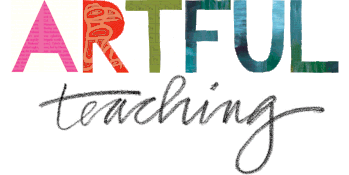
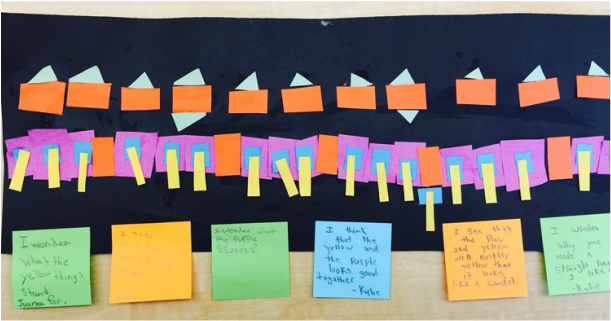

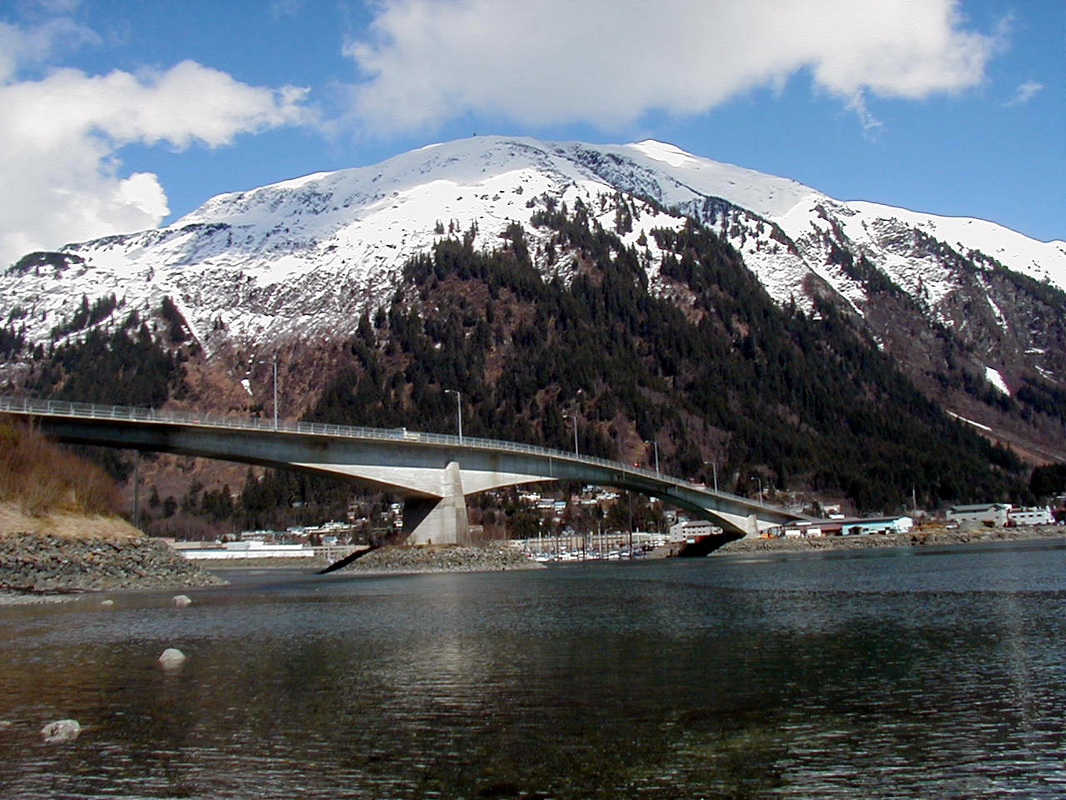
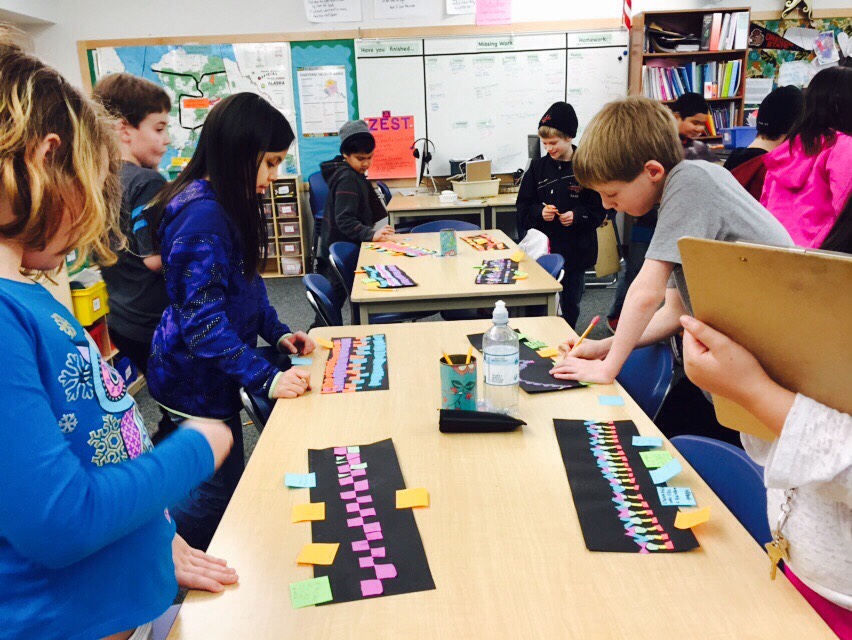
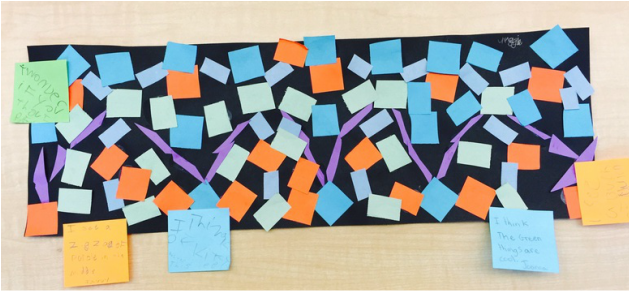
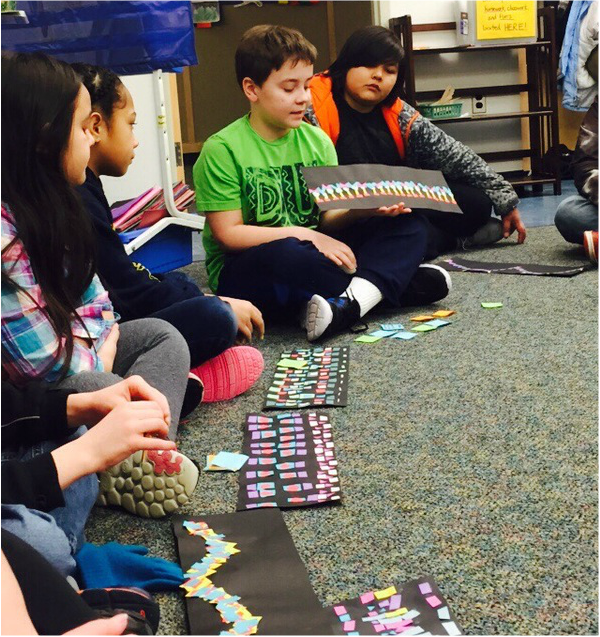
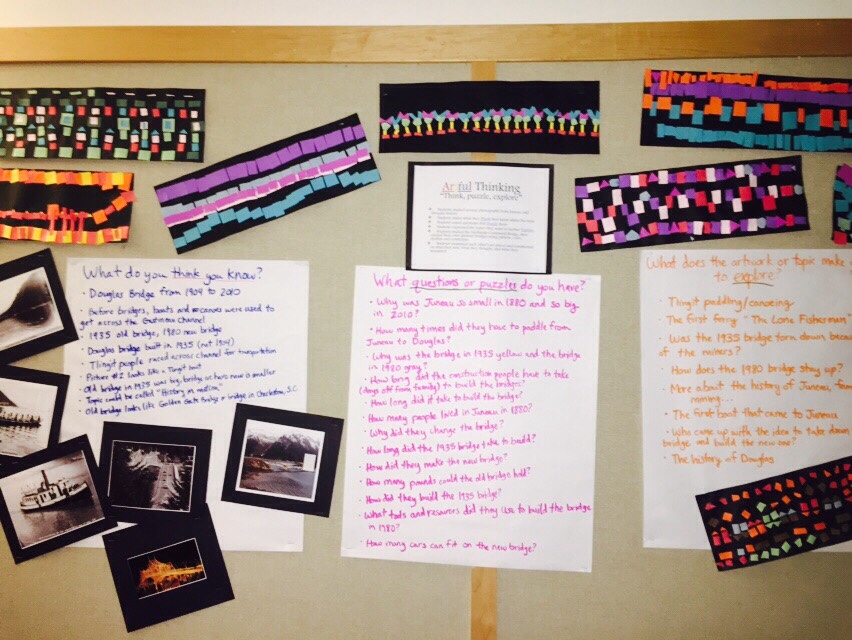
 RSS Feed
RSS Feed